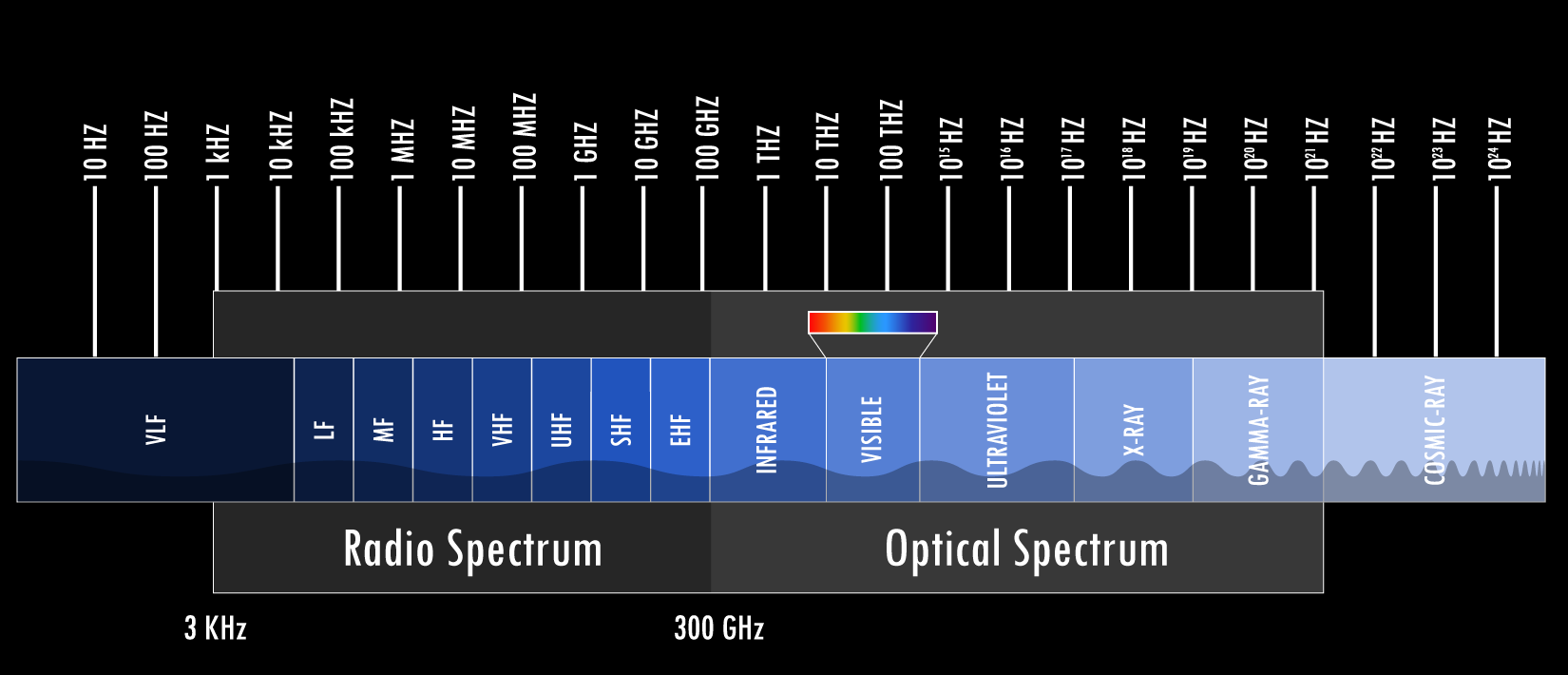HAM Radio | 29 Jun 2020
Why in News
Recently HAM (amateur) radio operators have volunteered to help a special task force that has been constituted in Bengaluru to ensure that citizens placed under home quarantine follow the protocol for it.
Key Points
- Amateur radio, also called ham radio, is a noncommercial two-way radio communications. They use many frequency bands across the radio spectrum.
- HAM radio is a real-time communication network. This is much like wireless communication which is quick and transparent.
- Amateur Radio operators set up and operate organized communication networks locally for governmental and emergency officials, as well as non-commercial communication for private citizens affected by the disaster.
- Amateur Radio operators are most likely to be active after disasters that damage regular lines of communications due to power outages and destruction of telephone, cellular and other infrastructure-dependent systems.
Indian Scenario
- According to the Indian Wireless Telegraphs (Amateur Service) Amendment Rules, 1984, ‘Amateur service’ means a service of self training intercommunications and technical investigation carried on by Amateurs that is, by persons duly authorized under these rules interested in radio technique solely with a personal aim and without pecuniary interest.
- It is a non-commercial radio communication service.
- Amateur radio operators are commonly known as hams. The term “Ham radio” is used to describe the hobby of Amateur radio and not the equipment.
- Similarly the term “Ham” is used to describe a radio amateur enthusiast and not the equipment.
- Any citizen of India who is above 12 years of age can become a ham by qualifying in the Amateurs Station Operators’ examination (ASO) and obtaining a valid Amateur wireless telegraph station license.
Radio Waves
- Radio waves have the longest wavelengths in the electromagnetic spectrum.
- These were discovered by Heinrich Hertz in the late 1880s.
- These are produced by the accelerated motion of charges in conducting wires. They are used in radio and television communication systems.
- They are generally in the frequency range from 500 kHz to about 1000 MHz.
- The AM (Amplitude Modulated) band is from 530 kHz to 1710 kHz. The FM (Frequency Modulated) radio band extends from 88 MHz to 108 MHz.
- Higher frequencies up to 54 MHz are used for short wave bands. TV waves range from 54 MHz to 890 MHz.
- Cellular phones use radio waves to transmit voice communication in the Ultra High Frequency (UHF) band.
- Radio-wave communications signals travel through the air in a straight line, reflect off of clouds or layers of the ionosphere, or are relayed by satellites in space.

